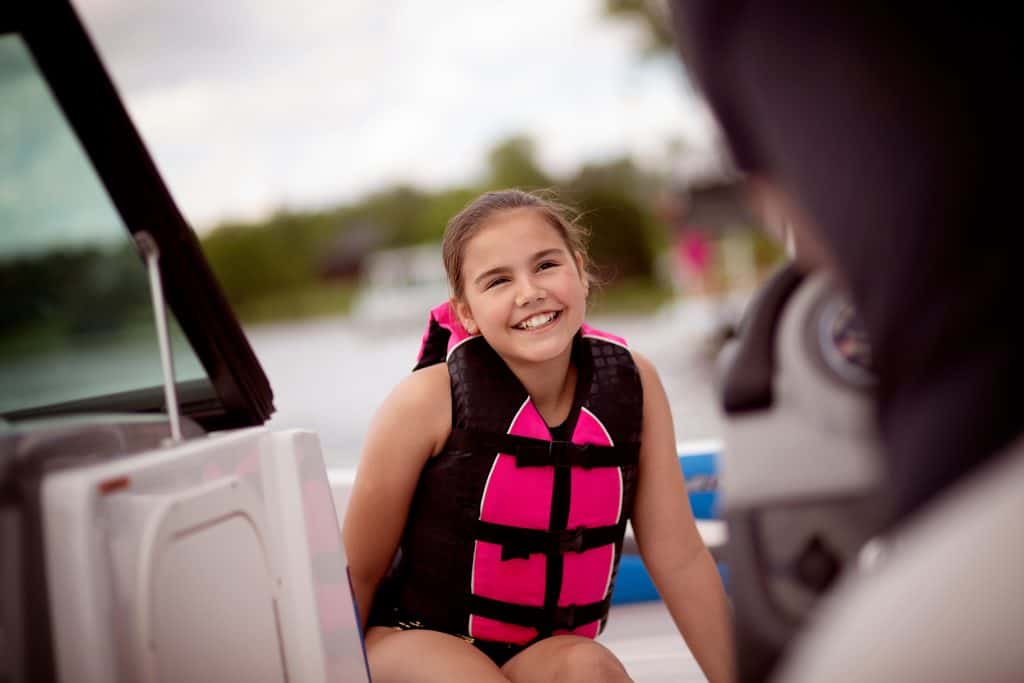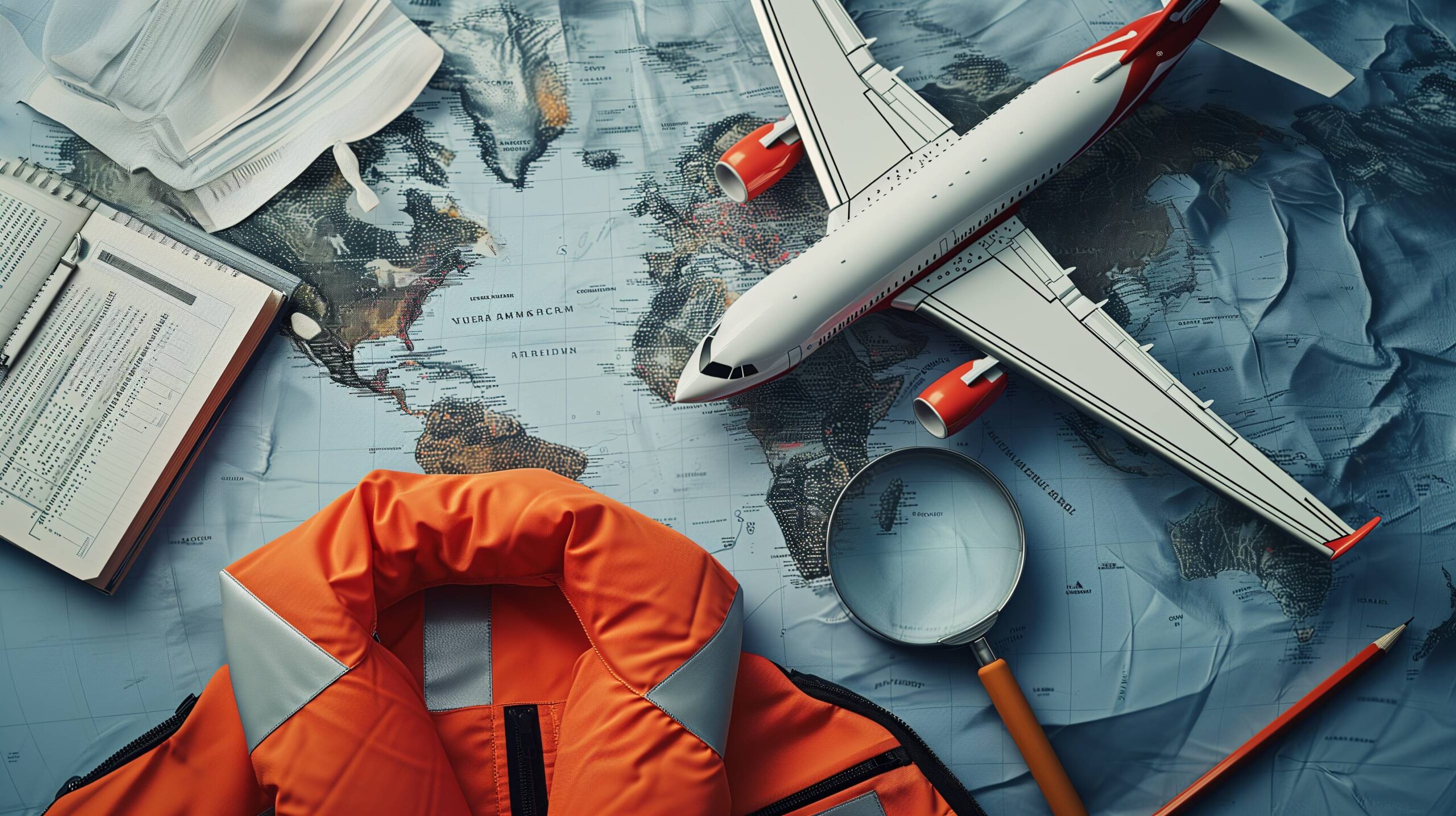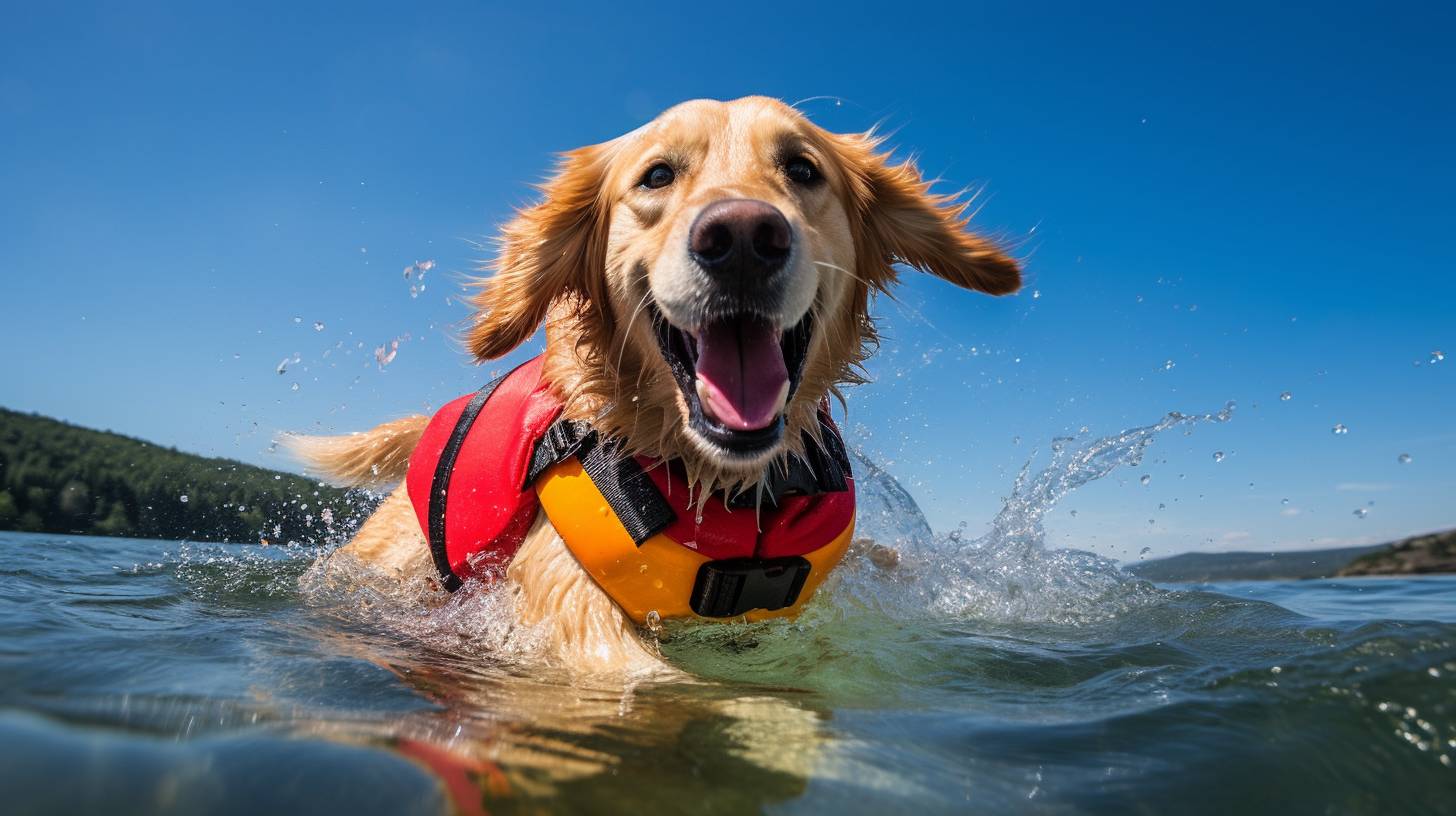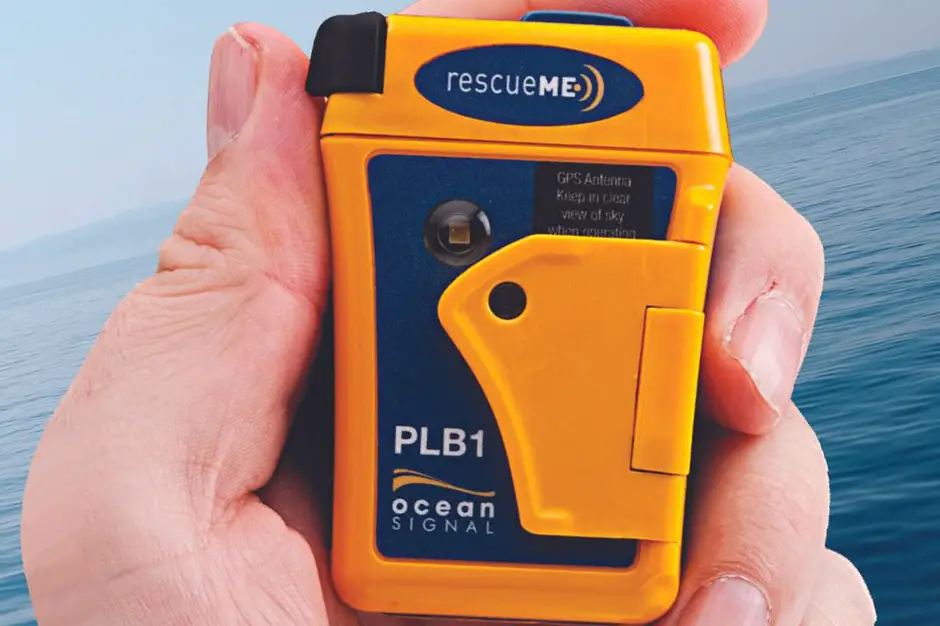Choosing the right life jacket or personal flotation device is one of most difficult choices because of the many water activities to do. Cruising, paddling, water skiing, hunting, angling, racing • Men, women, children, and even pets • Swimmers and non-swimmers • Boaters of all sizes • Many uses, and come in many colours and styles
With many different colours and sizes to choose from and technical language that can be confusing, you might end up using something not suited for your activity, or worse, not using one at all. For the highest degree of safety, there are different types of jackets and vests depending on whether you’re using it for recreational boating, lake fishing, doing water sports, or boating commercially.
Common names used for a pfd, or personal flotation device, Life Jacket, life vest, ski vests their job, as the names imply, is to keep the wearer afloat should they end up in the water.
The correct life jacket fits properly, is appropriate for your size and weight, is suitable for you and for the activity you are doing, is in good condition, is easy to get into and out of quickly.
Here are some general rules to help you choose the right life jacket or pfd that fits your needs:
What kind of PFD do I need for a life jacket?
The fixed foam offers the wearer to float without having to inflate anything. This is the most common type of life jacket for kids and adults and will float on its own. These life jackets are a little bulker but provide the most reliability.
• Can turn unconscious wearer face up. • Low level of maintenance
• A better choice for non-swimmers. • Good flotation. • Less bulky than offshore life vests
Fixed Foam – Children
- May not be able to turn unconscious wearer face up
- Low level of maintenance
- May have special safety features for children such as a crutch strap
Inflatable Options
This type has a chamber that is filled with a Co2 gas. Manual and automatic inflation is available. Inflatable life jackets should not be used by anyone under (40Kg) 88 pounds. While it’s the most compact, it requires frequent inspection to keep in a usable condition. These types of Inflatable life jacket are becoming more popular with boaters for ease of stowage.
Manual Inflatables 150N
- Only inflates upon manually pulling a cord to activate
- Light weight and comfortable
- Designed to turn unconscious wearer over
- Requires a higher level of maintenance
- Not for children under 40kg
Auto Inflatables 150N
- Inflates automatically upon falling into the water or manual pulling a cord to activate
- Light weight and comfortable
- Designed to turn unconscious wearer over
- Requires a higher level of maintenance
- Not for children under 40kg
Inflatable Vest Type
- Inflates automatically upon falling into the water or manual pulling a cord to activate
- Light weight and comfortable
- Designed to turn unconscious wearer over
- Requires a higher level of maintenance
- Not for children under 40kg
Hybrids and Children Hybrids
- Fixed foam material as well as an inflatable chamber
- Popular with rock fishermen
- Requires a higher level of maintenance
- Fixed Foam buoyant, also Inflates automatically upon falling into the water or manual pulling a cord to activate
- Requires a higher level of maintenance
- May turn the wearer over in the water
Flotation Aid
As the name states, this type is an aid and generally not manufactured to a standard.
- Low level of maintenance
Touring & White water Paddling Jacket
- A lower level of buoyancy and Intended for canoeing, kayaking, rafting, and white water activities
- Designed to allow free movement of your arms
- Low too little maintenance
Offshore Vest
- Intended for boating offshore, open water, and coastal cruising
- Offers a higher level of flotation
- Can help maintain your body temperature and reduce hypothermia
- Bulkier than most other types of lifejackets
- Designed to turn an unconscious person over when in the water
Maintaining your life jacket or buoyancy aid
Regularly check if the foam in your life jacket or buoyancy aid for signs of wear and tear. Over time, the foam will become soft and can become compressed which will reduce buoyancy. If you see any signs of compression of the foam, it’s time to replace the jacket.
Check the outer material for wear, webbing, breaks in the stitching, zips and buckles for operation and signs of damage.
Maintaining your lifejacket
Whatever type of life jacket you have it will need maintenance to keep it is a usable state. The manufacturer instructions will help guide you to help maintain your life jacket. Refer to the manufactures manual for servicing requirements. Some manufacturer’s recommend servicing to be done by an authorised service centre.
Remember: You will have a better chance of survival if you’re wearing your life jacket.
Check for a Proper Fit
Choose a life jacket that feels comfortable, because if it’s not then you’re not going to wear it. If you are wearing a Life jacket which is to large it can slip off. A life jacket which is to small may not have enough buoyancy to keep you afloat.
Ensure that you can move your arms freely.
Tighten the straps to comfortably fit around your waist and chest. The feel of the life jacket’s collar should be snug but not choke you. If it does, then the life jacket is too small for you, try a larger size or model from another manufacturer
Lifejacket features
Once you have purchased your life jacket there are many different addition to consider with would increase your chances of survival if you happened to fall in the water.
Crutch strap, this will help the jacket from rising up. A Spray Hood will keep wind-blown spray and breaking waves away from your face and keep water from your airway. Solas Light, this is a great addition if you do go onto the water at night. PLB (Personal Location Beacon) I would recommend a PLB for water operation where Land is out of sight. An AIS MOB device can be fitted which if you happened to fall into the water alerts the VHF radio on the boat of a man overboard.
Manually Inflating or Automatic inflating life jackets
There are a number of factors in choosing a manual or auto life jacket.
Age for me is one of the biggest factors. If you an older person I would consider an Auto Inflate. This takes one element of worry if you fall in the water you don’t have to find the pull cord.
The type of water sport you are doing.
If are canoeing and constantly in the water then the manual inflate is the better option.
But the main thing is to have it fit comfortably and correctly. Always refer to the manufacturers instruction booklet supplied with your personal flotation device.
Why should you were a lifejacket
Worldwide in 2019 there were 236,000 people had drowned in Ocean waters. So think about putting on your Life jacket or personal flotation device. It will help you if you fall in.

What size to buy.
If you weigh between 40kg (88Lbs) and 180kg (396lbs) your actual weight is between 2kg to 9kg in the water. Your clothing will add another kg or two.
So a Fixed foam or an Inflatable which gas a level of 150N (15kg of lift) will give you sufficient lift in the water to keep your head above.
A lower level of lift such as the 100N (10kg of lift) is ideal for younger and smaller people. The most important thing to look for with for children wearing a life vest is a crutch strap. What I’ve noticed is if a child falls in the water they have a tendance to lift their arm up. The life vest will float off their body.
A good fit is the key for any Life jacket or life vest. Adult jackets cannot be used on a child. It may alter their centre of gravity and could turn them over.
How to put on a Life jacket or Life vest
It is highly recommended by the manufacturers to read and understand the hand book and how to put on your jacket. Follow their advice on the maintenance and testing requirements.
Check to see if all the straps are flat and the buckle is not too tight. With the Inflatable types of Life jackets, the bladder when inflated will tighten the webbing around you.
But if you feel uncomfortable when trying the life vest on then it may not be the right one for you.
This is a new purchase to your water activity; so take you time when purchasing. Get to know what it can be used for and if it’s the right choice for you.
Purchasing
Price is one of the factors if you have to buy a few Life Jackets, so ask your family for an early birthday or Christmas present store voucher. Or even an online credit.
Monthly Checks
Monthly checks or whenever you are going to use your Life jacket, Life vest, have a look at the webbing, and the stitching that holds the webbing together. Also check the zips, buckles and straps.
Gas Bottles used In Inflatable Life jackets
Check before you go out, that the Co2 bottle hasn’t been set off, any corrosion and is tightened into the firing mechanism. Check for bladder wear if your Co2 is in contact.
A good idea is when you purchase you jacket, buy a re-arming kit the same time, ad carry it on board your boat.
What I’ve noticed is the Co2 can come loose in the mechanism with the movement of the boat. So if they have been stowed for a while check the Co2 is tight.
Every 6 months
Inflate your Life jacket through the Oral tube valve, and leave inflated 12—24 hours in a dry area. If it does go down re-inflate and check for leaks, or take it to an agent for further testing.
You ca use the Oral tube cap in the revers position to deflate the bladder. Do not put anything other than the cap to deflate. You will damage the valve.
Put the cap back onto the Oral tube to prevent dust.
Annual Testing
Always follow the instruction of the manufacturer and or your Marine authorities for testing. It is recommended that you have your Life jacket inspected and tested by an authorised service and test centre. If you do use your jackets more frequently them it would be safer to have it tested every 6 months.
Life Jacket Standards
These standards do change so it’s good idea to have a up to date Marine hand book handy. It is the Skipper of the boat to make sure everyone is safe.
If you do end up in the water the best Life jacket is the one you are wearing, so look after it and safe boating
Can Using the Wrong Type of Life Jacket Cause Rash?
Using the wrong type of life jacket without considering important features can result in preventing skin irritation from life jackets. It is crucial to choose a life jacket that fits well, is made of suitable materials, and is properly fastened. By doing so, you can minimize the risk of developing a rash while enjoying water activities.
In conclusion
Purchasing a life jacket can be tricky because there are so many different types. However, it’s important to make sure you find the right one for your needs and budget. In this article we have shown you how to choose between the available personal flotation devices that are best suited for an individual’s age and size, as well as what type of gas bladder will work best in their circumstances. We also gave tips on maintaining the life vest properly (including checking if all straps are flat) and offered some pointers about where to buy them from given varying budgets or levels of use. Finally, we shared safety information—such as when it’s necessary to test the inflation mechanism on inflatable jackets-as well as general guidelines like having up-to-date manuals and safety equipment on hand in the event of an emergency.
Check out our other articles relating to life jackets and related water activities below!






Leave a Reply